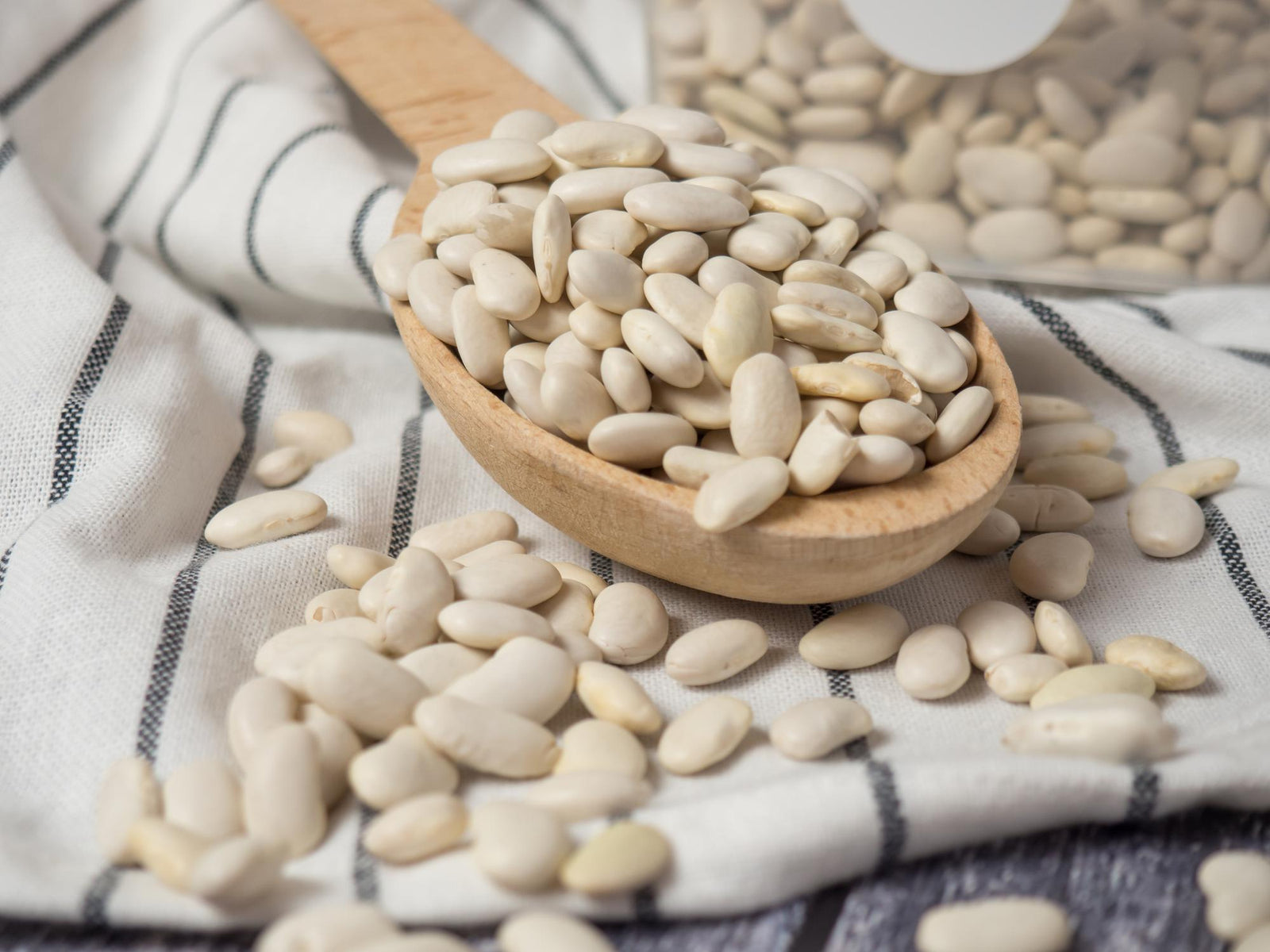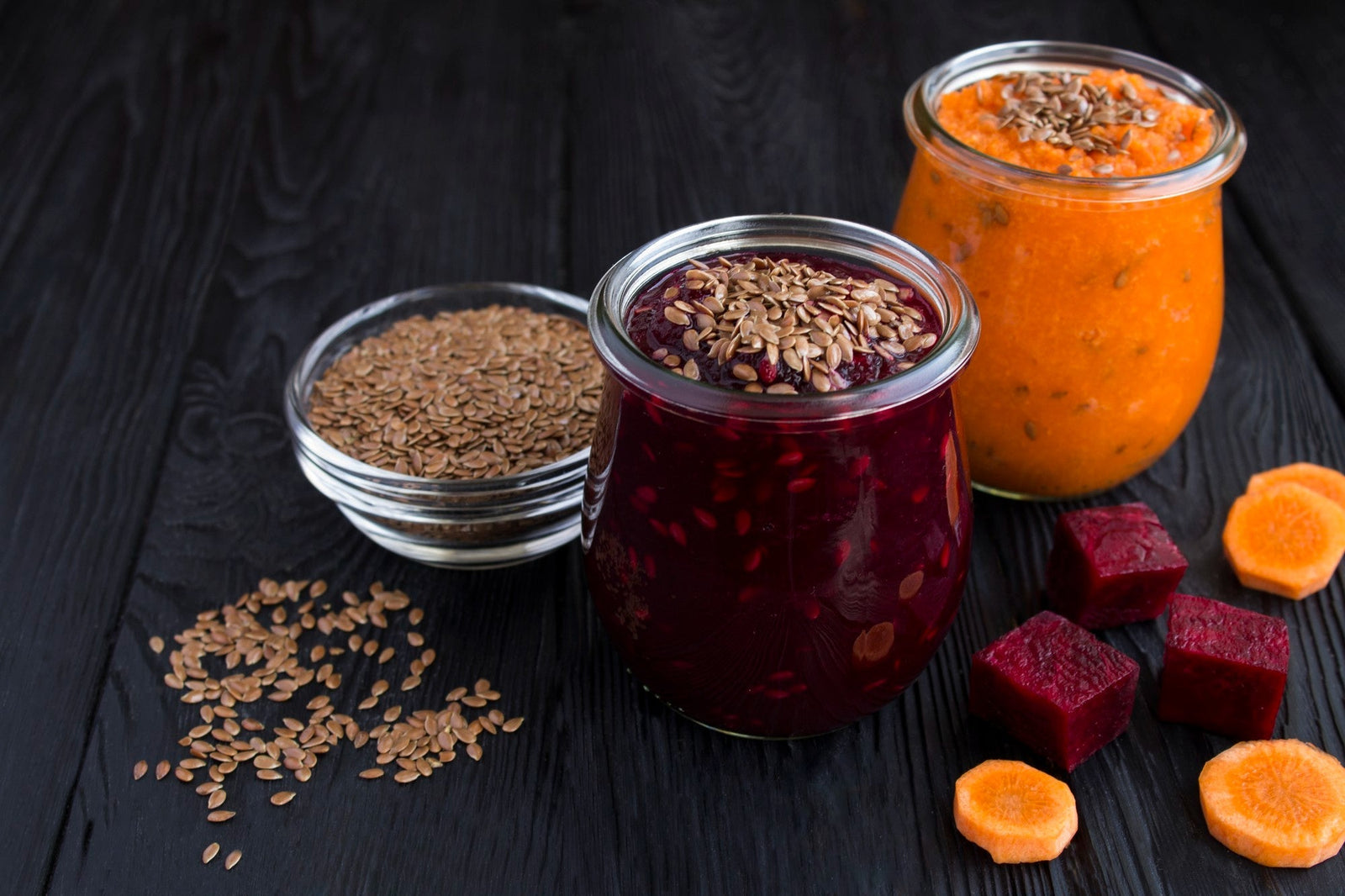
March 25, 2024 3 min read
Great Northern beans, with their creamy texture and mild flavor, are more than just a tasty addition to your favorite recipes. These versatile legumes are also packed with essential nutrients and offer numerous health benefits that make them a valuable component of a balanced diet. From supporting heart health to aiding in weight management, let's explore the nutritional prowess of Great Northern beans and why they deserve a prominent place on your plate.
One of the most notable health benefits of Great Northern beans is their high protein content. As a plant-based protein source, these legumes are an excellent option for individuals following vegetarian or vegan diets, as well as those looking to reduce their consumption of animal products. Just one cup of cooked Great Northern beans provides approximately 15 grams of protein, making them a valuable addition to meals for supporting muscle growth, repair, and overall health.
Great Northern beans are also rich in dietary fiber, which plays a crucial role in digestive health. Fiber helps promote regular bowel movements, prevents constipation, and supports a healthy gut microbiome. Additionally, fiber contributes to feelings of fullness and satiety, which can aid in weight management by reducing overall calorie intake. Including Great Northern beans in your diet can help ensure you're meeting your daily fiber needs and supporting optimal digestive function.
In addition to protein and fiber, Great Northern beans contain several heart-healthy nutrients that promote cardiovascular health. These legumes are a good source of potassium, a mineral that helps regulate blood pressure and reduce the risk of hypertension and stroke. They also provide folate, a B-vitamin that supports heart health by helping to lower levels of homocysteine, an amino acid associated with an increased risk of heart disease. By incorporating Great Northern beans into your meals, you can help protect your heart and reduce your risk of cardiovascular problems.

Great Northern beans are nutrient-dense, meaning they provide a wide array of vitamins, minerals, and other beneficial compounds while being relatively low in calories. This makes them an excellent choice for individuals looking to maintain a healthy weight or improve their overall nutritional intake. Unlike many processed foods that are high in empty calories and low in nutrients, Great Northern beans offer a wealth of essential nutrients without excessive calorie consumption, making them a smart choice for supporting overall health and well-being.
One of the best things about Great Northern beans is their versatility in the kitchen. These legumes can be incorporated into a wide variety of dishes, from soups and stews to salads, casseroles, and even desserts. Whether mashed into a creamy dip, simmered in a savory chili, or added to a vibrant grain bowl, Great Northern beans add texture, flavor, and nutritional value to any meal. Plus, they're easy to prepare, whether you're using canned beans for convenience or cooking dried beans from scratch.
In Conclusion
Great Northern beans are more than just a delicious ingredient – they're a nutritional powerhouse that offers a wide range of health benefits. From their high protein and fiber content to their heart-healthy nutrients and low calorie density, Great Northern beans are a valuable addition to any diet. Whether you're aiming to support muscle growth, improve digestive health, protect your heart, or simply enjoy tasty and nutritious meals, incorporating Great Northern beans into your culinary repertoire is a smart choice for overall health and well-being.
❤ Try our USDA certified organic Great Northern Beans ❤
Related Blogs:
Comments will be approved before showing up.

January 27, 2025 3 min read
Flaxseed, the tiny yet powerful superfood, is packed with nutrients that can support weight loss. From curbing hunger to stabilizing blood sugar, this guide dives into the science of how flaxseed can help you shed those extra pounds.

December 11, 2024 3 min read
Discover three quick and easy soup recipes featuring organic small red beans. From a classic vegetable soup to a creamy potato blend, these wholesome recipes are perfect for chilly days and busy weeknights. Packed with flavor and nutrition, these soups will warm your heart and soul this winter!

December 06, 2024 3 min read
This vibrant and nutritious Green Lentil Salad combines tender lentils with grilled chicken, fresh vegetables, and a zesty lemon dressing. Packed with protein, fiber, and essential vitamins, it’s the perfect healthy meal for any time of day.
© 2026 Be Still Farms- Real, Fine Organics.
Privacy | Terms | Refund Policy | Organic Certification
